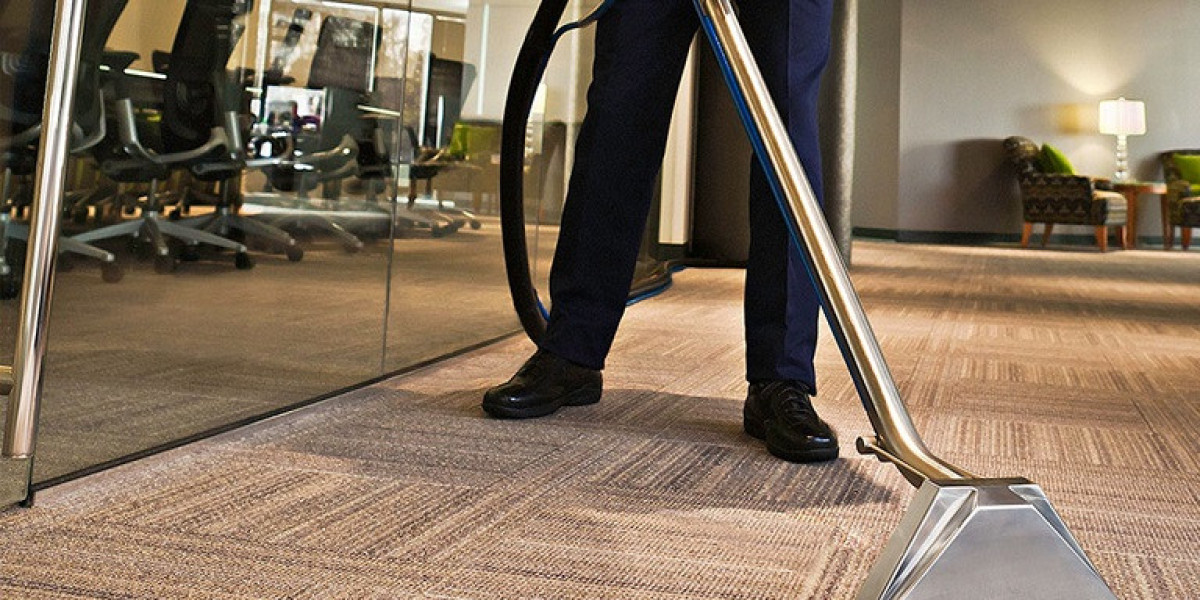Carpets are a ubiquitous feature in homes and commercial spaces, providing comfort, aesthetic appeal, and insulation. However, they also accumulate dirt, allergens, and stains over time, necessitating regular cleaning to maintain their appearance and hygiene. This article explores the various methods of carpet cleaning, their effectiveness, and the science behind them, providing insights into best practices for carpet maintenance.

Understanding Carpet Composition
Before delving into cleaning methods, it is essential to understand the composition of carpets. Most carpets are made from synthetic fibers such as nylon, polyester, or olefin, while others may be made from natural fibers like wool or cotton. The type of fiber influences how a carpet should be cleaned and maintained. For instance, wool carpets require more delicate cleaning methods due to their susceptibility to shrinkage and damage from harsh chemicals.
The Importance of Regular Carpet Cleaning
Regular carpet cleaning is crucial for several reasons:
- Health Benefits: Carpets can harbor allergens, dust mites, and bacteria. Regular cleaning can reduce these health risks, particularly for individuals with allergies or respiratory issues.
- Aesthetic Appeal: Clean carpets enhance the overall appearance of a room. Stains and dirt can make a space look neglected and uninviting.
- Longevity: Regular maintenance can extend the life of a carpet. Dirt and debris can wear down fibers, leading to premature aging and the need for replacement.
- Odor Control: Carpets can absorb odors from pets, food, and spills. Proper cleaning can help eliminate these odors, contributing to a fresher indoor environment.
Common Carpet Cleaning Methods
There are several methods for cleaning carpets, each with its own advantages and disadvantages. The most common methods include:
1. Vacuuming
Vacuuming is the most basic form of carpet cleaning and should be performed regularly. It removes surface dirt and debris, preventing them from settling deep into the fibers. High-efficiency particulate air (HEPA) filters in vacuums can also help capture allergens and improve indoor air quality.
2. Shampooing
Carpet shampooing involves applying a foamy cleaning solution to the carpet, which is then agitated with a machine to loosen dirt. Afterward, the carpet is rinsed and dried. While this method can be effective for deep cleaning, it may leave behind residue if not rinsed properly.
3. Steam Cleaning
Also known as hot water extraction, steam cleaning is a popular method that uses high-temperature water and cleaning solutions to penetrate carpet fibers. The hot water loosens dirt, which is then extracted with a powerful vacuum. This method is effective for deep cleaning and sanitizing carpets, but it requires a longer drying time.
4. Dry Cleaning
Dry cleaning involves using a specialized powder or solvent that is spread over the carpet and worked into the fibers. The powder absorbs dirt and is then vacuumed away. This method is advantageous because it requires no drying time, making it suitable for commercial settings.
5. Bonnet Cleaning
Bonnet cleaning is a method often used in commercial settings. It involves using a rotating pad soaked in a cleaning solution to clean the carpet surface. While it is effective for removing surface dirt, it may not penetrate deeply into the fibers.
The Science Behind Carpet Cleaning
The effectiveness of Carpet Cleaning (orailo.com) methods can be explained through several scientific principles:
- Soil Suspension: Many cleaning solutions work by suspending dirt particles in a liquid, allowing them to be easily removed. Surfactants in cleaning products reduce the surface tension of water, enabling it to penetrate and lift dirt from fibers.
- Temperature: Heat plays a crucial role in cleaning. Hot water can dissolve oils and grease more effectively than cold water, making steam cleaning particularly effective for greasy stains.
- pH Levels: The pH of cleaning solutions can affect their effectiveness. Alkaline cleaners are effective for breaking down acidic stains (like coffee or wine), while acidic cleaners can help dissolve alkaline stains (like soap scum).
- Mechanical Action: Agitation, whether from brushing or the action of a cleaning machine, helps to dislodge dirt and debris from carpet fibers, enhancing the cleaning process.
Best Practices for Carpet Maintenance
To ensure carpets remain clean and in good condition, consider the following best practices:
- Regular Vacuuming: Aim to vacuum at least once a week, or more frequently in high-traffic areas. Use a vacuum with a HEPA filter to capture allergens effectively.
- Spot Cleaning: Address spills and stains immediately to prevent them from setting. Blot the area with a clean cloth and a suitable cleaning solution, and avoid rubbing, which can damage fibers.
- Professional Cleaning: Schedule professional deep cleaning every 12-18 months, depending on foot traffic and usage. Professionals have access to advanced equipment and cleaning solutions that can provide a deeper clean.
- Use Mats and Runners: Place mats at entrances to catch dirt and moisture before it reaches the carpet. This can significantly reduce the amount of dirt that accumulates.
- Rotate Furniture: Periodically rearranging furniture can help prevent uneven wear on carpets and maintain their appearance.
Conclusion
Carpet cleaning is an essential aspect of home and commercial maintenance, contributing to health, aesthetics, and longevity. Understanding the various cleaning methods and the science behind them can help individuals make informed decisions about their carpet care. By implementing best practices and scheduling regular cleanings, it is possible to maintain a clean, healthy, and inviting environment for years to come.







